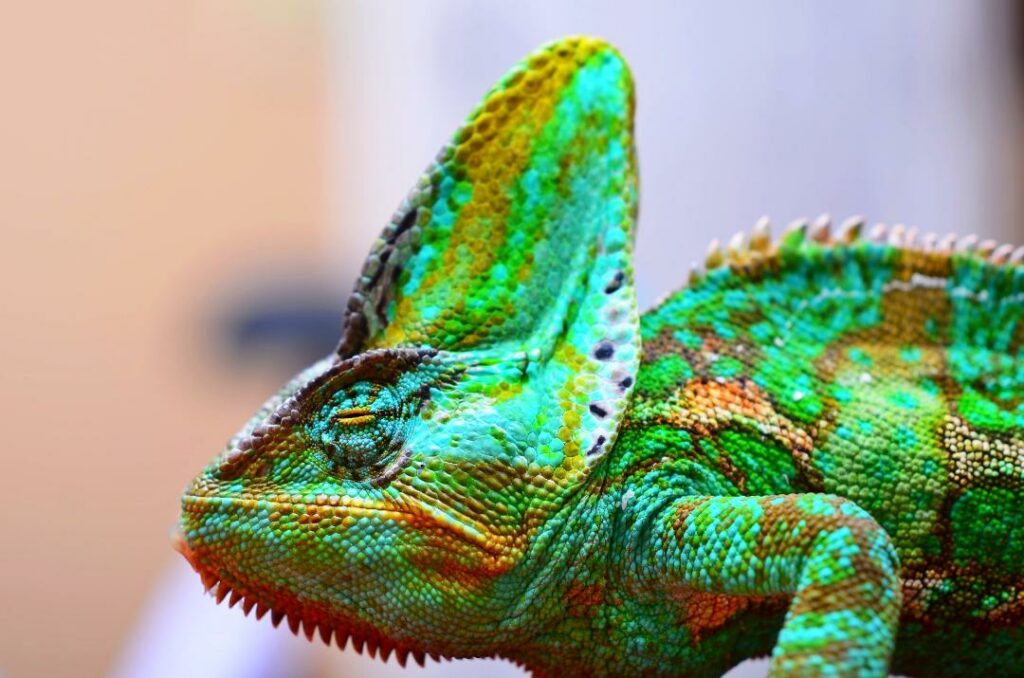~UVB~
Lighting is essential for chameleons so for UVB we recommend a ReptiSun 5.0 or Arcadia 6% bulb for Panther Chameleons or a ReptiSun 10.0 or Arcadia 12% bulb for Veiled chameleons. Remember to change out your bulbs roughly every 6 months because even though the light will still turn on, they stop putting off the correct amount of UVB rays that the chameleons will need. If proper uvb lighting is not provided then painful health issues such as MBD (metabolic bone disease) can occur. . So having the proper UVB lighting is essential.

~HEAT SOURCE~
The proper wattage heat bulb for your chameleon will be determined by what size cage you are using for them. Your basking spot should be between 88 to 91 degrees Fahrenheit with the top of your chameleons back being 6 to 8 inches from the basking bulb to make sure they do not get burnt! Majority of the time a 60watt bulb will do the job but again this will depend on your location, ambient room temperature, and cage size. A temperature gun is ideal for determining this and can be found fairly cheap these days.
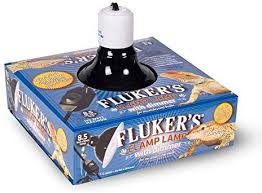
~Misting & Humidity~
Humidity should be kept between 50%-60% in the day with a night time spike of 80%-100% at night. 90% of chameleons water intake is through humidity in the air at night. Ways of providing humidity can be done via Room Humidifier, mist systems, Foggers, or a combination of two of these things. Live plants will also help hold the humidity along with wrapping 3 sides of your screen cage with a plastic shower curtain liner. We recommend MistKing or Monsoon Mist System for your chameleon to provide proper humidity & hydration for your chameleon. (Very important to make sure you clean out your water buckets every few days to prevent bacteria build up!) Husbandry of cages and proper air flow is mandatory while providing these level of humidity to prevent bacteria growth and health problems such as Respiratory Infections. So you should also consider investing in an oscillating fan for your Chameleon.
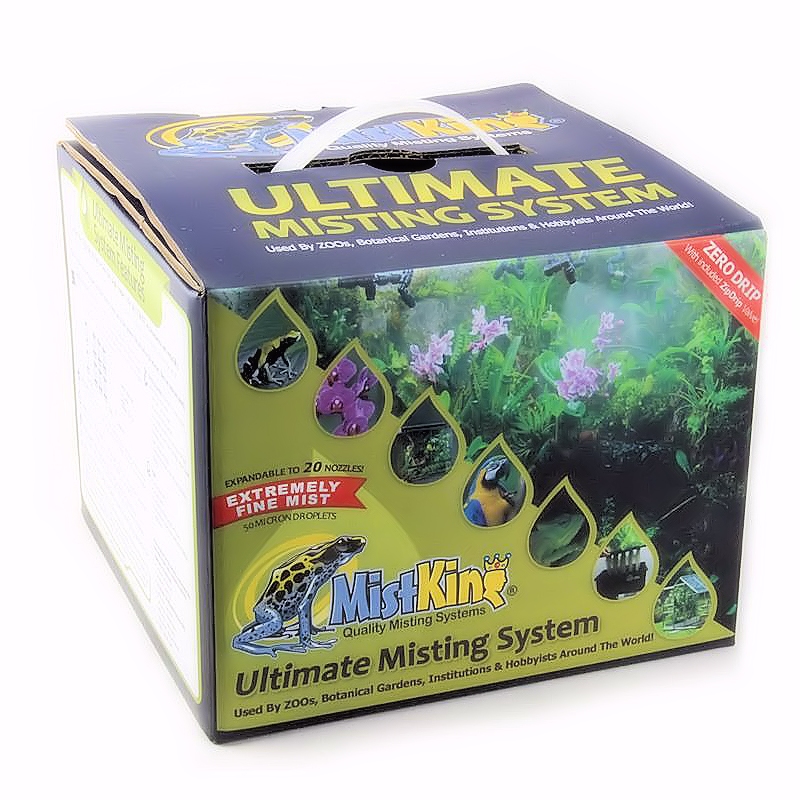
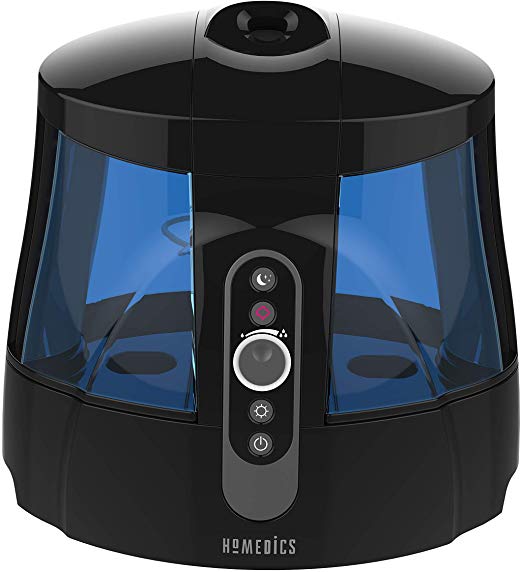
~Calcium & Vitamins~
You want to make sure that you use calcium withOUT d3 everyday and then use d3 ONLY two to three times a month. It’s important you don’t get the two calcium’s mixed up. If you are on a “Repashy Regiment” We would recommend Repashy Calcium plus “very lightly” 2/3 times a week. With Repashy Calcium LOD on the days in between. We have found this regiment works better for captive bred chameleons more so than Wild Caught Chameleons. Also Bee Pollen on Everything Everyday!

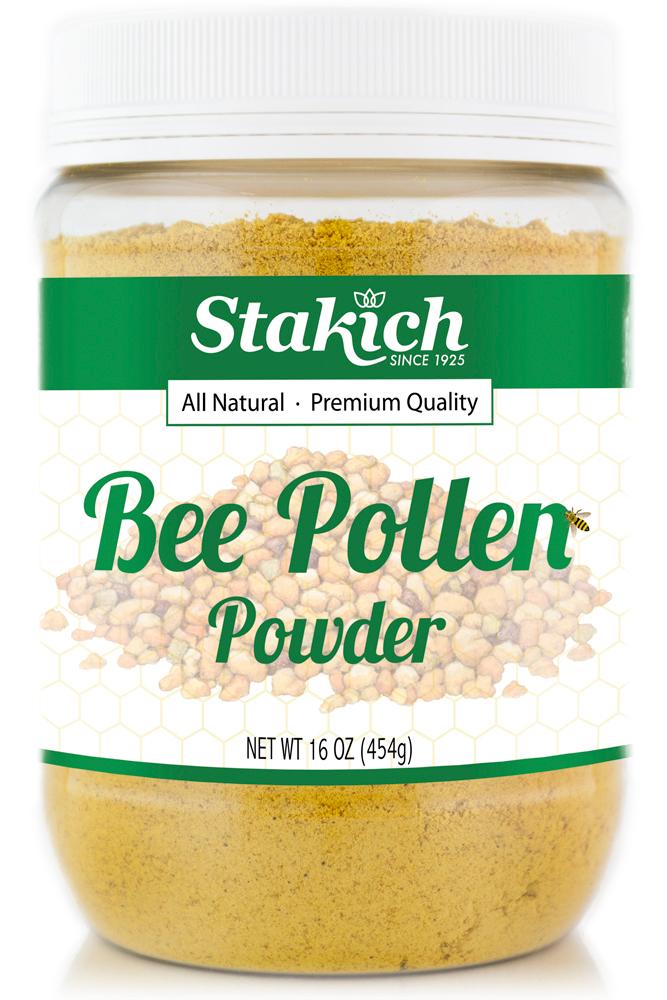
~Cleanliness~
Proper husbandry of your chameleons cage is extremely important! Always make sure to clean any poops from their cage as soon as you see them. Not cleaning up your chameleons poop in his cage can lead to many health issues such as: respiratory infections do to bacteria build up. You never want your chameleons to be drinking off the leaves that have poop on them, they can and will become sick! Also make sure you pick up dead bugs and crickets! When Crickets die they release a toxin pheromone that is not only unhealthy for your cham to be sitting in but also smells God awful. DO NOT use any sprays like Lysol or similar cleaning sprays! It can be harmful to your chameleon. You can use paper towels with 91% rubbing alcohol to wipe the leaves and bottom of the cage when cleaning. We also use steamers to clean our cages on a regular basis as well! (Obviously remove your cham from his cage before steam cleaning)
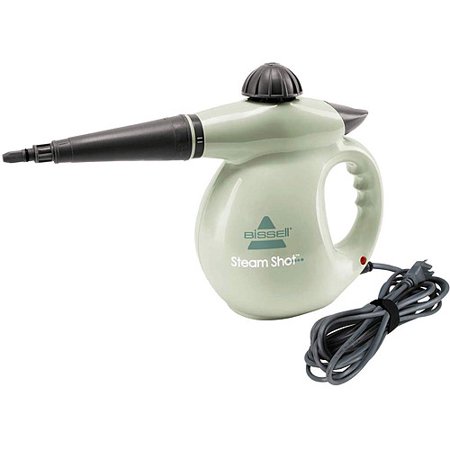
~Cages~
-Males- We recommend Repribreeze XL Cages for Male Panther and Veiled Chameleons. -Females- We recommend Reptibreeze Large or Medium cages for your females. We found that females tend to like the Medium & Large cages Vs the XL Cages. (We also Recommend you wrap 3 sides of the screen cage with a shower curtain liner leaving the top and front of the cage open for air circulation. This will help hold in the humidity.)

"Cage for Males"
"Cage for Females"
~Plants~
Its always a great idea to have live plants that are safe for your chameleons! We found our chameleons LOVE Schefflera plants along with Golden Umbrella, and Pothos. These can usually be found at your local nursery or Home Depot / Lowe’s.


~Female Lay-Bin~
We canNOT stress to you how important it is that you provide your female chameleons with proper Lay-bins! Even if you do not mate your female she will still and always lay eggs throughout her life. If she hasn't mated then the eggs will be infertile. Females can start anywhere between 5 months to a year or sometimes longer to lay their first clutch of eggs. Your Laybin should be mixed with organic soil and play sand. We personally found if you use a live plant such as a small pothos in the corner of the bin they like that and will tend to lay their eggs in the roots or around the plant wherever planted. Make sure your laybin is at least 8 inches deep and also wide and long enough for her to move around in comfortably. We found plastic shelve draws from Home Depot work great for our females! Not providing proper laybins for your females will almost always result in slow painful death so don’t slack on this one! Check the video below that we made to help explain how to make sure your bin is set up correctly.
~Food For The Soul~
crickets, hornworms, superworms, wax worms, silk worms, Dubai roaches, fruit flies, blue bottle flies, soldier flies, and honey bees! All great feeders for your Chamz! (also some Veileds like to eat fruit & veggies) such as watermelon, cantaloupe, honeydew, and Grapes. Just make sure there are no seeds and small pieces of fruit. Veggies can be cucumber, lettuce, and collard greens. Most Panthers are not big fans of fruits or veggies but you can always offer your panther them it doesn’t hurt!
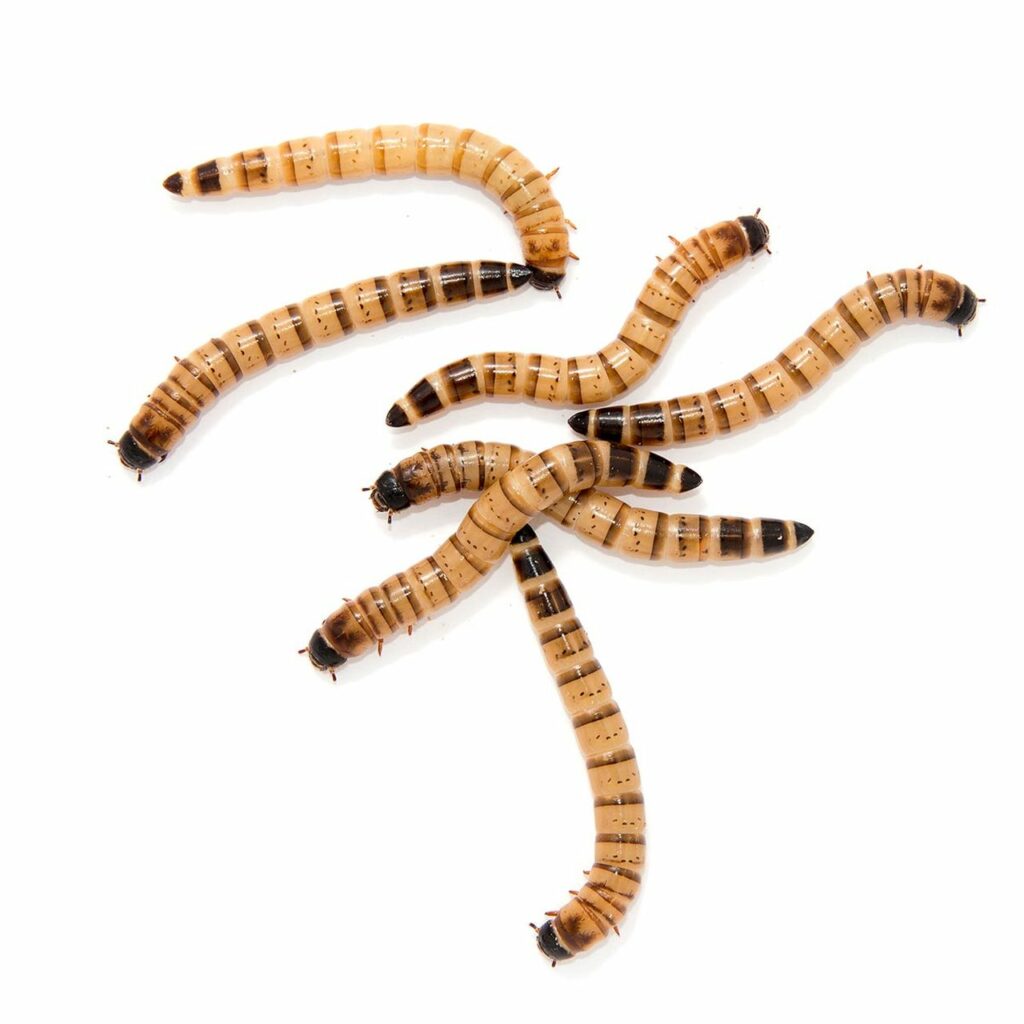
~Socializing~
This is a very controversial topic but we personally believe in socializing our chameleons and handling them! With that said you also have to make sure you go about it the right way. Some chameleons will be friendlier than others but with time and patience we have found majority of them will eventually love coming out and being social. The more you take them out and socialize them the friendlier they will become. You can start by hand feeding them worms so you can build up their trust, it does take time but it’s totally worth it! When you take them out, always go under their chin and let them come to you, never grab them from the back or over the top of their heads because this will make them feel like they're being attacked and vulnerable. (It’s also a great way to find out what getting bit by a chameleon feels like lol) Time, persistence, and patience is key on this subject!
~Syringe Feeding~
Sometimes it may be required for you to syringe feed your chameleons things like medicine and food. If you need to syringe feed food we recommend blending up a mixture of crickets, superworms, wax worms, horn worms, bee pollen, and water. Since the opening for chameleons tongues is located under the tip of their tongue its extremely important to make sure you shoot all liquid given as far back into the throat as possible. Video below for demonstration.
~Sleep Schedule~
It’s very important to make sure they have a proper sleeping schedule. 12 hours on 12 hours off ...give or take. They like the dark when they sleep! If the room you keep your chameleons in drops into the low 50s at night than a external heater or low watt ceramic bulb may be required. Night time temperature drops are healthy for chameleons but anything below mid 50s we personally don’t recommend.
